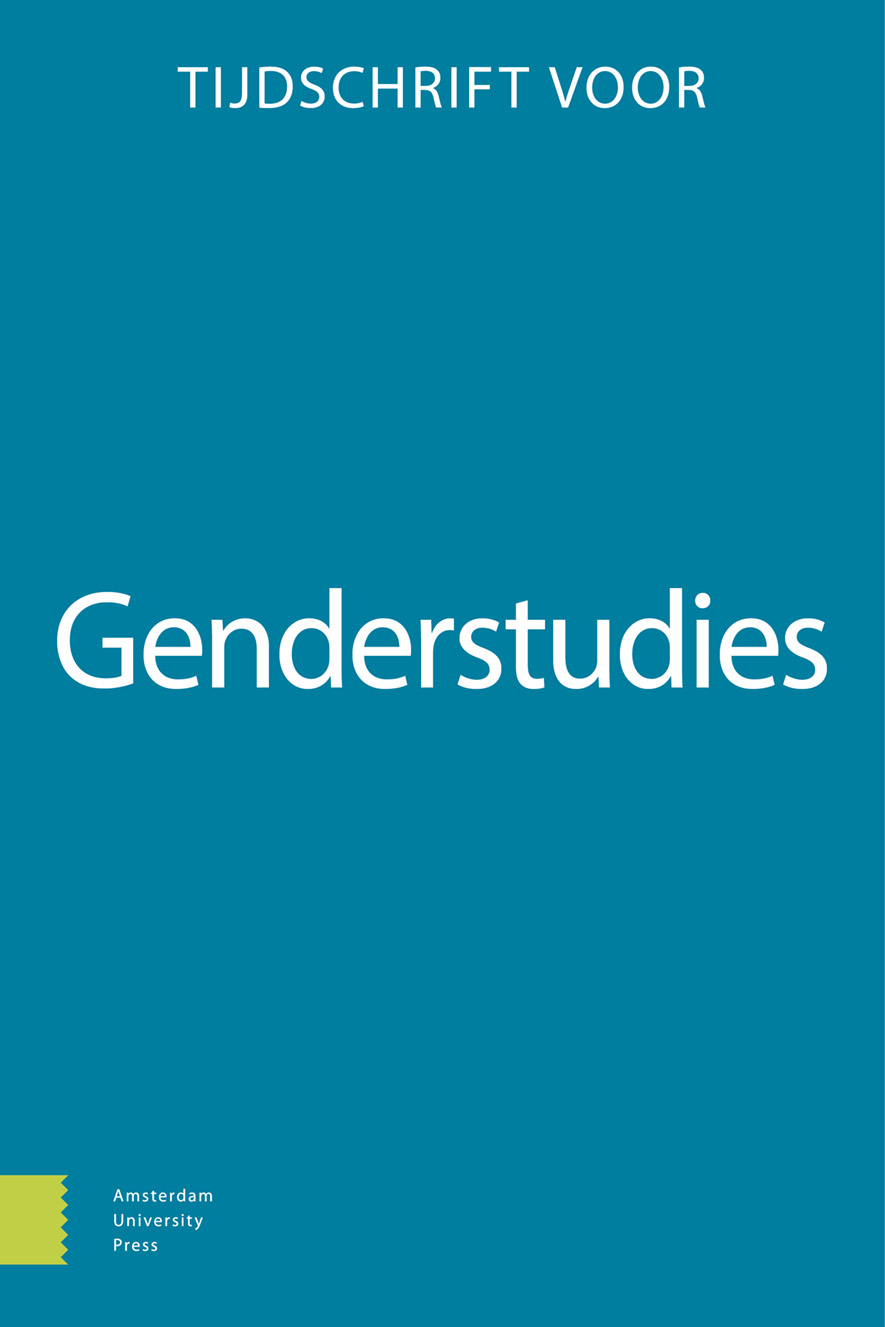-
oa (Trans)gender outlaws?
A critical analysis of Norway’s 2016 gender self-determination law
- Amsterdam University Press
- Source: Tijdschrift voor Genderstudies, Volume 21, Issue 4, Jan 2019, p. 361 - 380
-
- 01 Jan 2019
Abstract
In July 2016, Norway enacted a law that allows for one to determine one’s juridical gender without the previously required medical sterilisation. Widely heralded as a significant step toward complete gender equality, this was seen by many as finally resulting in legal equality for those who are trans. However, the law’s potential to empower the trans movement may be quite limited, given the lack of options outside the male/female binary and the absence of improved access to gender-confirming medical technologies. Such limitations, this article argues, preclude the law from either sufficiently addressing the needs of many transpeople or meaningfully challenging prevailing gender norms. How, then, can the law be celebrated as a landmark achievement for trans rights in Norway? This article seeks to explain the apparent contradiction by considering the law’s founding principles as they apply to the trans political landscape in Norway, in order to illustrate how the law’s inception and application have been informed by particular interpretations of identity, gender, and sex. Moreover, it analyses the potential impact of the law’s shortcomings on the people for whom it was meant to represent, using a queer analytical approach to understand how the law can empower some trans whilst further marginalising others.


